By Gesine Krüger
After a long period of necessary colonial criticism, more and more books have recently appeared that move beyond viewing the disciplines of anthropology and ethnology, which emerged in the 19th century, solely as servants of imperialism and colonial rule. Historian H. Glenn Penny, for example, proposes in his recent book In the Shadow of Humboldt: A Tragic History of German Ethnology (2019) that the extremely rich ethnological collections in German museums do not (only) bear witness to a colonial collecting frenzy and asymmetrical power relations, but should above all be seen as documenting the richness and diversity of different human practices, ideas, and worldviews. Indeed, Adolf Bastian, the long-time director of the Ethnological Museum in Berlin, was convinced of the existence of one, uniform humankind encompassing many variations, which would be best expressed in testimonies of material culture gathered from all over the world.
Of course, this “collecting” took place under colonial rule and oppression, and ideas about “vanishing races,” whose instruments, tools, and works of art had to be seized quickly for the purpose of preservation, played just as much a role as the assumption that European scientists alone were capable and authorized to define this “one humankind” and to showcase it in their museums. However, the anthropological view of the world, and the attempt to show the beauty, differentiation, and meaningfulness of the cultures of supposed “primitives,” also held a potential for intellectual subversion—as can be seen in the work of Jewish German-American anthropologist Franz Boas and his circle of “renegade anthropologists,” among others.
In a time when the public and academic engagement with Europe’s colonial past coincides with the increasing popularity of racist interpretations of the world, much can be learned from the history of a discipline whose core has always been a preoccupation with (cultural) difference. Especially the classic school of cultural relativism, which is indebted to Franz Boas, offers some astonishingly topical reflection points. First, cultural relativism was not about the consideration of differences and otherness in the sense of “othering,” or even about a moral and political arbitrariness, but about the realization that we—i.e. all of human society—actively create our social worlds and therefore can also change them. Second, it held that our view of others is shaped by precisely this self-created world, hence the documentation of cultural relativity in museum collections, which were perceived as demonstrating an understanding of culture as neither biologically inherited nor divinely given. Hence relativism did not mean a disregard for human rights or emancipation in the name of a “culture” immune to criticism. And finally, with the renunciation of a naturally or religiously based claim to superiority of white culture, the justification for colonialism ceased to exist.
Charles King, Professor of International Affairs at Georgetown University, describes a sometimes closely intertwined, sometimes loosely linked circle of scholars in his book Gods of the Upper Air: How a Circle of Renegade Anthropologists Reinvented Race, Sex, and Gender in the Twentieth Century (2019). The group around Boas, according to King, sought to use cultural anthropology to develop a practice-based social theory that was decidedly antiracist and challenged conventional gender roles. At the heart of this “school of rebels,” as King’s book is titled in its German translation, was Franz Boas, who—after studying in Heidelberg and Bonn and completing his first major expedition to the Arctic—emigrated to the United States in 1868.

Serving as Professor of Anthropology at Columbia University from 1899 onward, Boas was at the center of a network of friends and colleagues, and kept open house together with his wife Marie Krackowizer. He wrote thousands of letters, and more or less successfully directed a circle of anthropologists bound together by love affairs, competition, joint work, marriages, and jealousy. When he died in New York in December 1942, his last sentence is rumored to have been, “One must never tire of repeating that racism is a monstrous error or an impudent lie.” Throughout his life, Boas fought against racial mania in both his old and his new home, seeking to refute the concept of race empirically as well as theoretically. At the same time, he and his students developed new models for explaining (cultural) difference based on participant observation and self-reflection.
How can respect in the face of cultural strangeness succeed without denying one’s own culture and either erasing difference or pushing it aside in the sense of “othering” and locating it hierarchically? To Boas and his allies, this was the central research question for both one’s own society and foreign societies. And in pursing this question, cultural relativism always meant researching the self as well, as implicated as it might be and as obstructed as one’s own gaze might be: Why do some foreign practices repel us? How are we ourselves shaped culturally and historically? How does this influence our views of others? And how can we examine our own culture?
The German title of King’s book is “School of Rebels,” but in actuality it should be called “Rebellious Women”—because in addition to Boas, the scholarly circle included anthropologists Margaret Mead, Ruth Benedict, Zora Neale Hurston, and Ella Cara Deloria. The all-important question of one’s own culture arose in particular ways for Hurston and Deloria (also known as Anpétu Wašté Win), since they belonged to communities that were marginalized in their own country. Both were considered scholars in their own right, far beyond the Boas circle, but at the same time they took on a double role as both analysts and witnesses of their own culture, if not at times objects of investigation themselves.
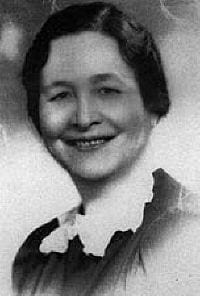
This was especially true of Deloria, who was born into a family with Yankton Dakota, English, French, and German ancestry and acted as both a linguist and an informant when working on Dakota Grammar togetherwith Boas. With parents of mixed ancestry and a dual role within the Boas circle, she said of herself, “I stand right in the middle.” Part Native American, she faced the task of exploring a culture that was present to her but whose rituals, in a society obsessed with racial fitness and linear cultural development, were treated as folklore of the past, for example by Boy Scout ceremonies in summer camps for white middle-class children.
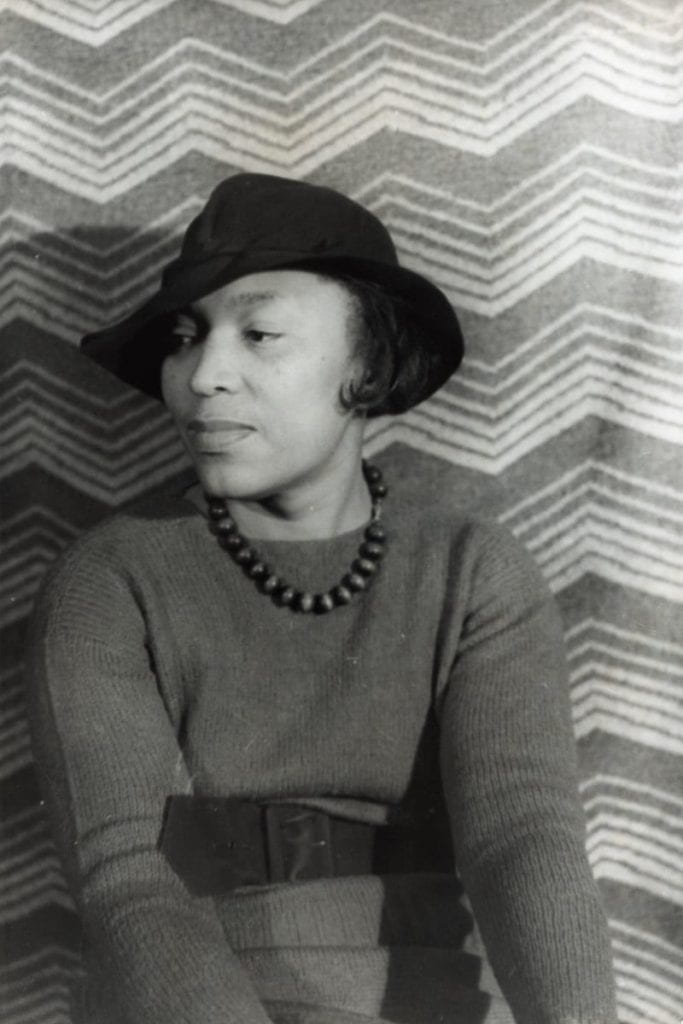
Zora Neale Hurston, meanwhile, ironically referred to herself as the “sacred black cow of Barnard” (the women’s college in New York). She was on the one hand celebrated and courted and on the other hand confronted with the pejorative judgments about African-American culture that even Boas and his students shared up to a certain point, which would become central to her own work later on.
Despite all intellectual openness and the desire at some universities and in intellectual circles on the East Coast to break with antiquated theories, Hurston and Deloria ultimately ran up against racial barriers, just as Margaret Mead and Ruth Benedict, both already extremely famous during their lifetimes, faced gender boundaries in US society. Benedict, considered by many to be Boas’s official successor, did not receive a regular professorship until shortly before her death, and Mead, despite 28 honorary doctorates (!), received a position at the Jesuit Fordham University in New York relatively late, and it lasted only for two years.
Boas and his female colleagues did not have to step outside of the proverbial ivory tower with their work but acted as public intellectuals from the start. On the one hand, this had to do with the self-image of the group: they wanted to have an impact on society at a time when, despite broad-scale appeals to the Enlightenment, a system of ethnic disenfranchisement was being perfected in the US, as King writes. On the other hand, their status also arose directly from their methods. Boas, for example, had carried out anthropological measurements on behalf of the government in the early 1900s, to determine whether the children of immigrants born in the US looked more like their parents or would rather become a new “American type.” From today’s perspective, both the premise and the method are certainly questionable; yet based on the collected data, Boas came to the conviction that “race” was not a stable category, and that therefore any immigration policy that classified and favored or rejected individuals based on their origin or ancestry was pointless. After just one generation, Boas claimed, the children of immigrants resembled each other more than their parents, for example in terms of height. The Dillingham Commission thanked Boas kindly for his work, yet effectively ignored his findings and instead set the foundations for a racist immigration policy in their official report.
Boas’s opponent, the jurist, eugenicist, and lobbyist Madison Grant, fared quite differently, which is instructive for the history of racism beyond the US context. Grant’s book The Passing of the Great Race (1916) was a crude racist work of fiction that, although never becoming a bestseller, gained him some social influence, in particular in relation to the Immigration Act of 1924. The German translation of the book, published in 1925, was promptly reviewed as scientifically worthless in the journal Anthropos—but it did influence Hitler, who wrote Grant an enthusiastic thank-you letter, and is still held in high regard by Alt-Right circles today. Boas, meanwhile, whose 1881 German doctorate was annulled by the Nazis and whose books were burned during the Third Reich, tried in vain to fight racist policies with scientific data. It is a sad irony that his defeat is yet another indication that racist policies need no scientific justification.
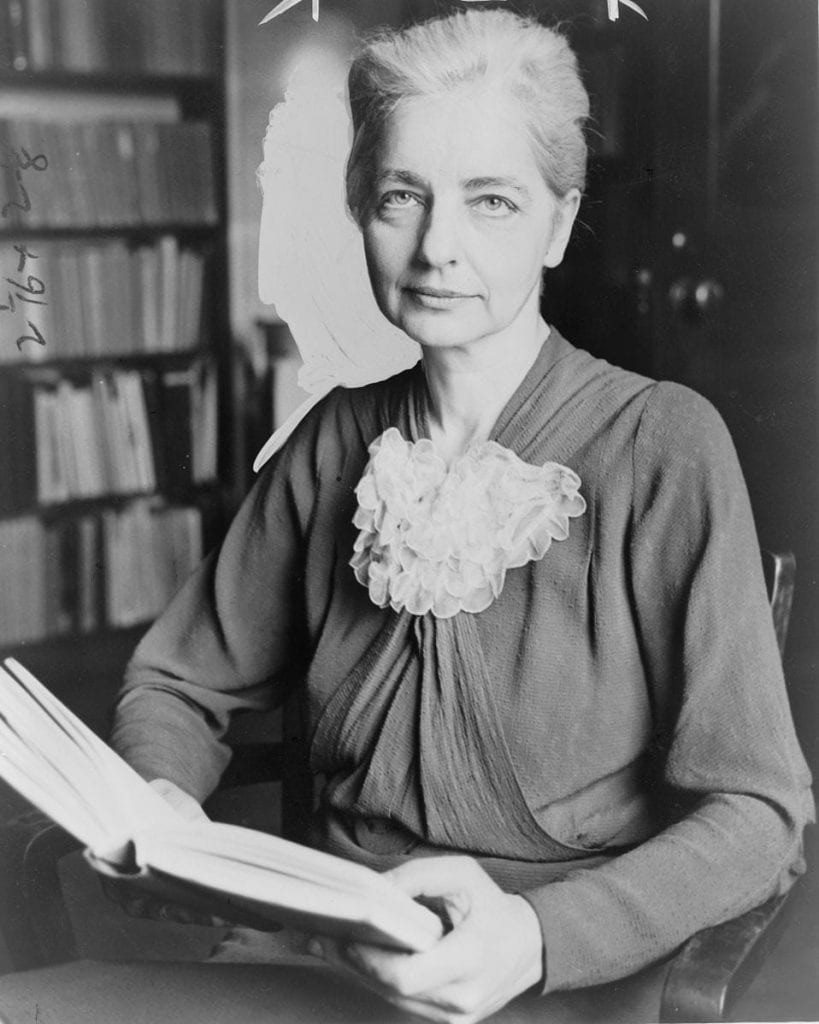
Ruth Benedict, another prominent representative of the Boas circle, also attempted to intervene politically with her study Chrysanthemum and Sword: Forms of Japanese Culture (1946). The book represented an attempt to understand Japanese culture as different, but not as different and inferior, in a time when Japanese Americans were regarded as potential enemies and held captive in internment camps during World War II. Chrysanthemum and Sword sold millions of copies and eight editions were printed within the first five years after publication, and it was also translated into Japanese. In Japan, it was criticized for overemphasizing the perspective of the Japanese middle class—in which Benedict’s collaborators were embedded—and that of the military. Still, the book marked a significant attempt at understanding and transposing between supposed cultural enemies.
The experience of Zora Neale Hurston proved to be different yet again. Her work was criticized precisely for the fact that she saw herself not as a simple translator but as a documentarian, collector, and storyteller. She understood Black culture in the American South neither as a remnant from Africa, the geographical origin of slaves, nor as a corrupted version of whiteness. Instead, she was interested in Black American culture as complete in itself, as a valuable and creative expression of individuals who did not understand themselves primarily as either resistance fighters, activists, or victims of slavery, but rather as mothers and fathers, teachers and musicians, poets and civic leaders, storytellers and workers. This approach drew accusations of promoting a glorified view of the South and of denigrating the people she observed because she apparently reproduced their language unadulterated in her books. For her, however, this language was both beautiful and exactly as it should be. And it is one of the peculiarities of Hurston’s texts that she did not write in the ethnographic present tense–which grammatically freezes individuals in time—but instead described their actions in the past tense. “In doing so, she put on permanent display on the deepest of Boasian messages: that all cultures change, even while anthropologists are busy trying to write up their field notes about them,” as Charles King notes.
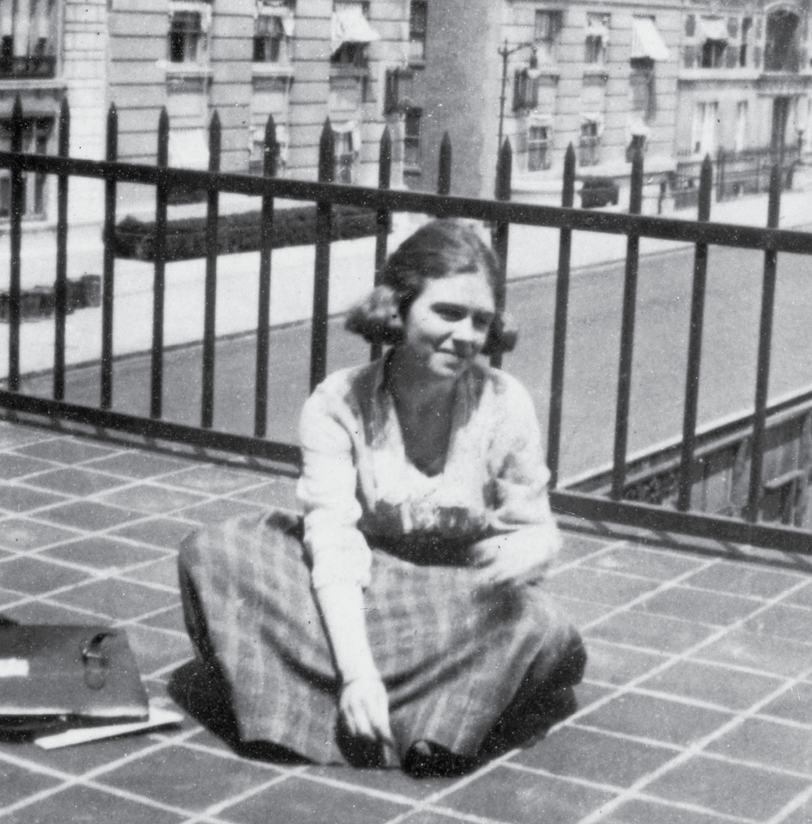
Ultimately, however, it was Margaret Mead who had the greatest public impact among the “rebellious women.” Singled out as one of the most important women of the time, she was inducted into the National Women’s Hall of Fame in 1976 and proved tremendously productive in both academia and public discourse, regularly writing columns and articles for popular magazines and appearing on radio and television. The fact that the FBI amassed a file of more than 1,000 pages on her persona can perhaps be taken as indirect evidence of her popularity and effectiveness as well. Mead’s work on sexuality and puberty, and on gender and gender relations, attracted particular interest. In her book Sex and Temperament in Three Primitive Societies (1935), she criticized the idea that gender and social behavior inherently belonged together. All societies assigned certain roles to men and women, Mead argued, but these did not have to be directly related or even tied to biology. Moreover, she posited almost a hundred years ago, that closer observation would show that individual differences between those who fell within the respective categories “man” and “woman” were greater than those between the categories as such.
The history of these “renegade anthropologists,” as Charles King calls them, teaches us that cultural relativism as an anthropological method and political approach is not necessarily synonymous with justification for oppression, hostility to women or contempt for human rights. Rather, it serves as a recognition that there are ways of life other than the familiar ones, and this has nothing to do with justifying anti-human practices and ideologies—or at least should not. The circle of anthropologists around Boas also saw misfortune in other societies and analyzed less successful social designs and less desirable conditions. They also had to admit that not only scientific concepts were culture-bound and by no means universal; rather, this was true for all conceptions. Nevertheless, they maintained that it was possible to recognize others and to learn from other societies, for example with regard to the permeability of gender concepts.
The fact that Boas and his students took anthropometric measurements may seem irritating from today’s perspective. So does their use of language when they speak of “primitives,” “natives,” “Indians,” and “negros”— such terms, though they are marked as racist today, were deployed to defend an antiracist stance at the time. In his afterword, King explains why he, too, uses these terms beyond quotations: for him, history becomes another culture that should be portrayed in its own terms. This is debatable, but one does not have to agree with it to appreciate the larger historical point.
***
This article was originally published on Geschichte der Gegenwart.
Translated from German by Anne Schult.
Gesine Krüger is Professor of Modern History at the University of Zurich. She is also one of the editors of Geschichte der Gegenwart.
Featured Image: Margaret Mead with Fa’amotu Ufuti, a Samoan friend and informant, American Samoa, ca. 1926. Illustration from Charles King, Gods of the Upper Air, 2019.
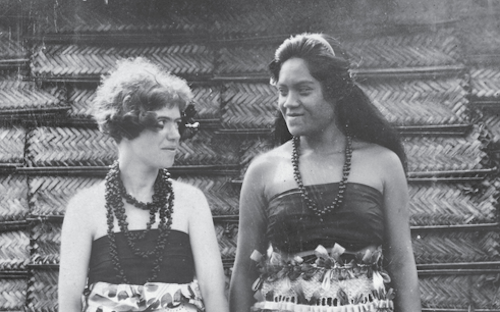



1 Pingback